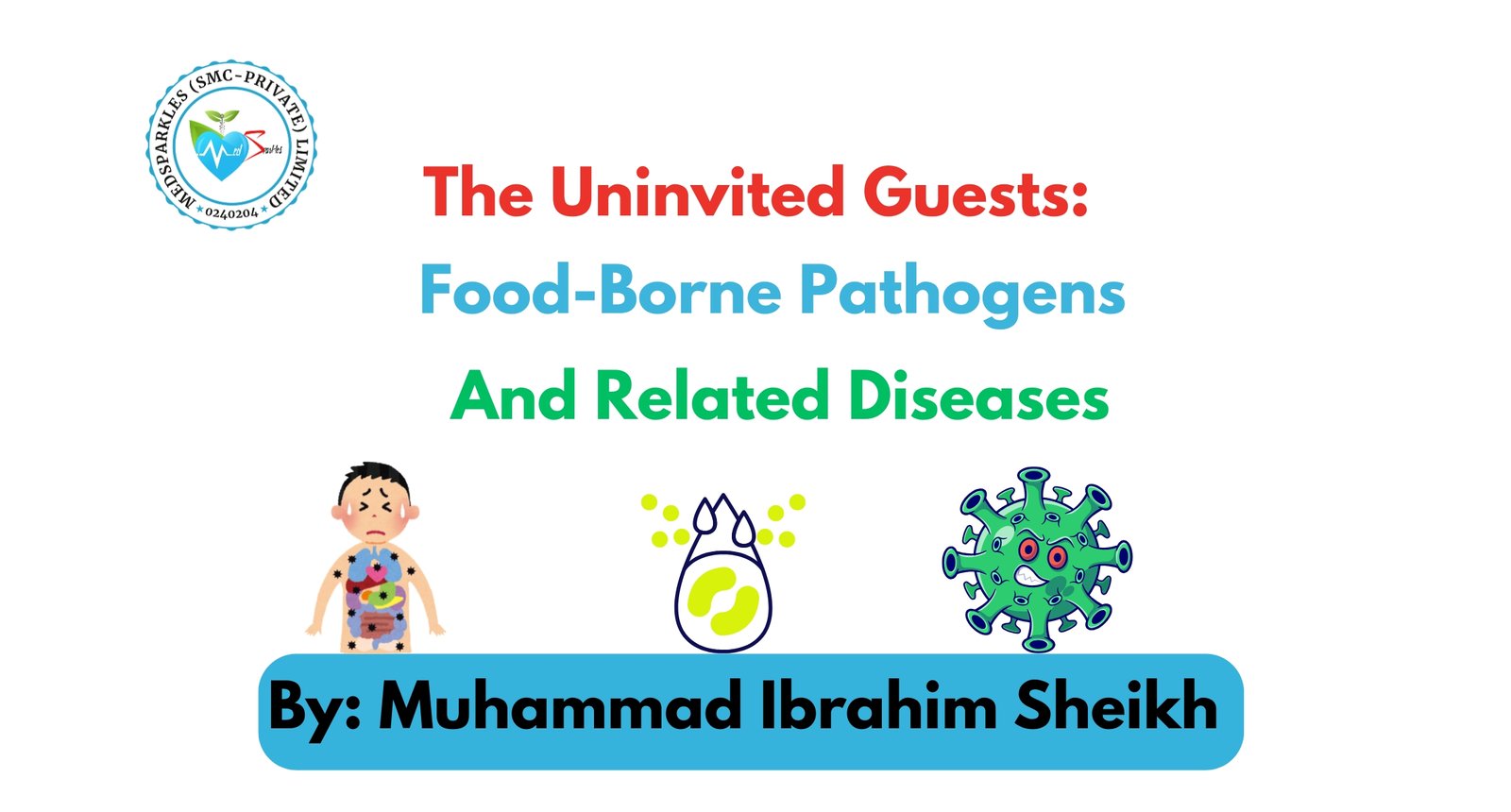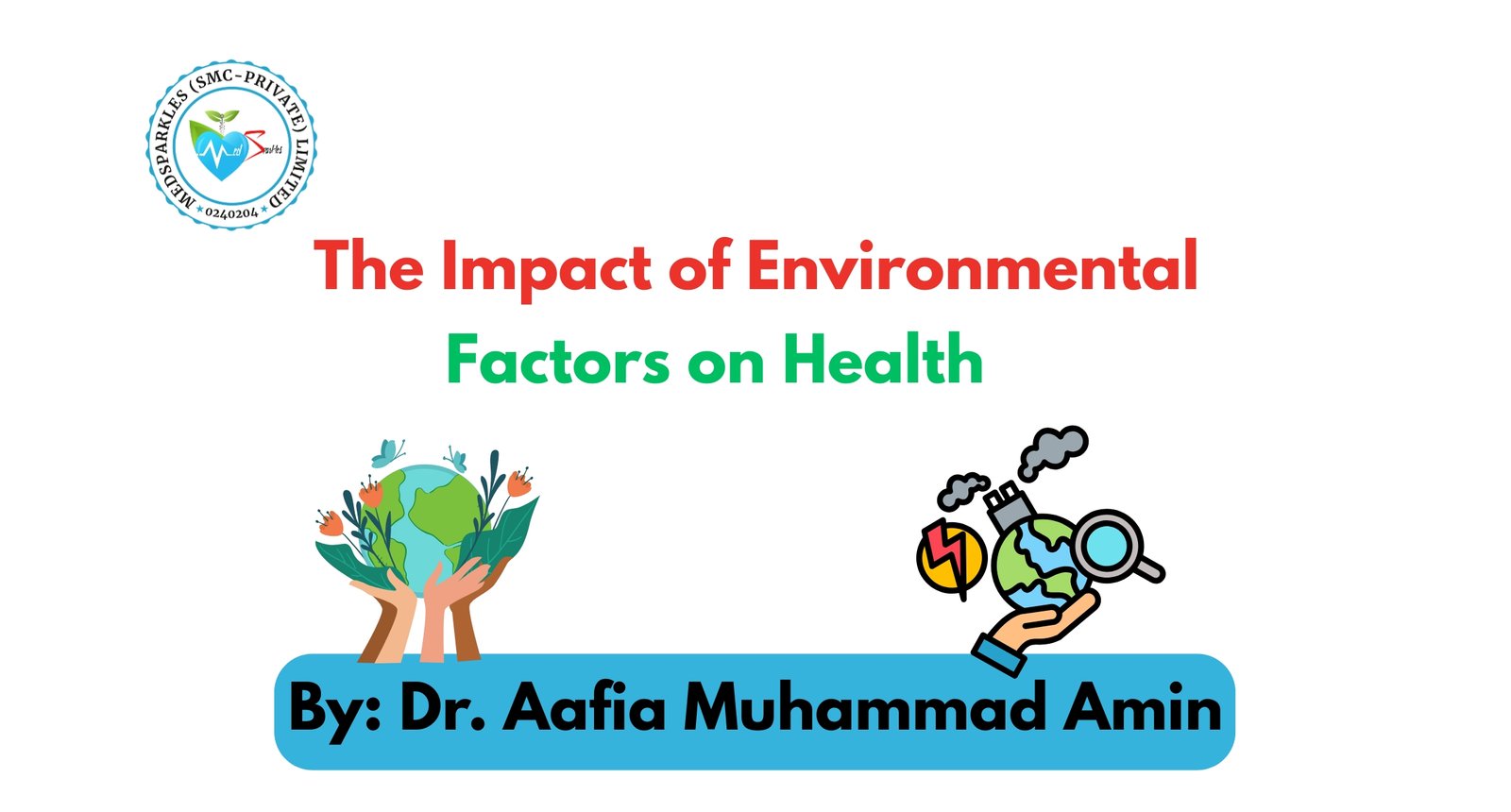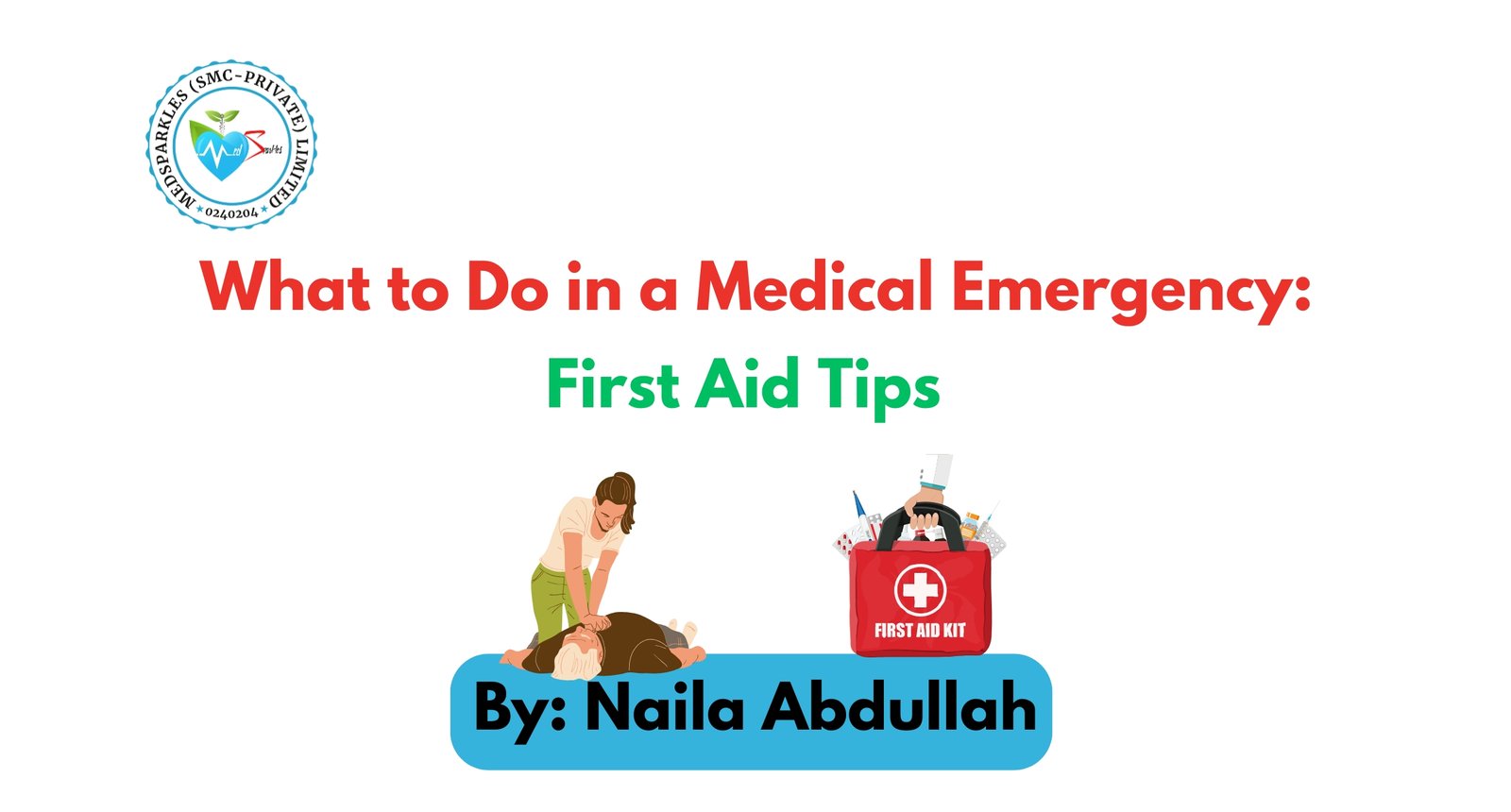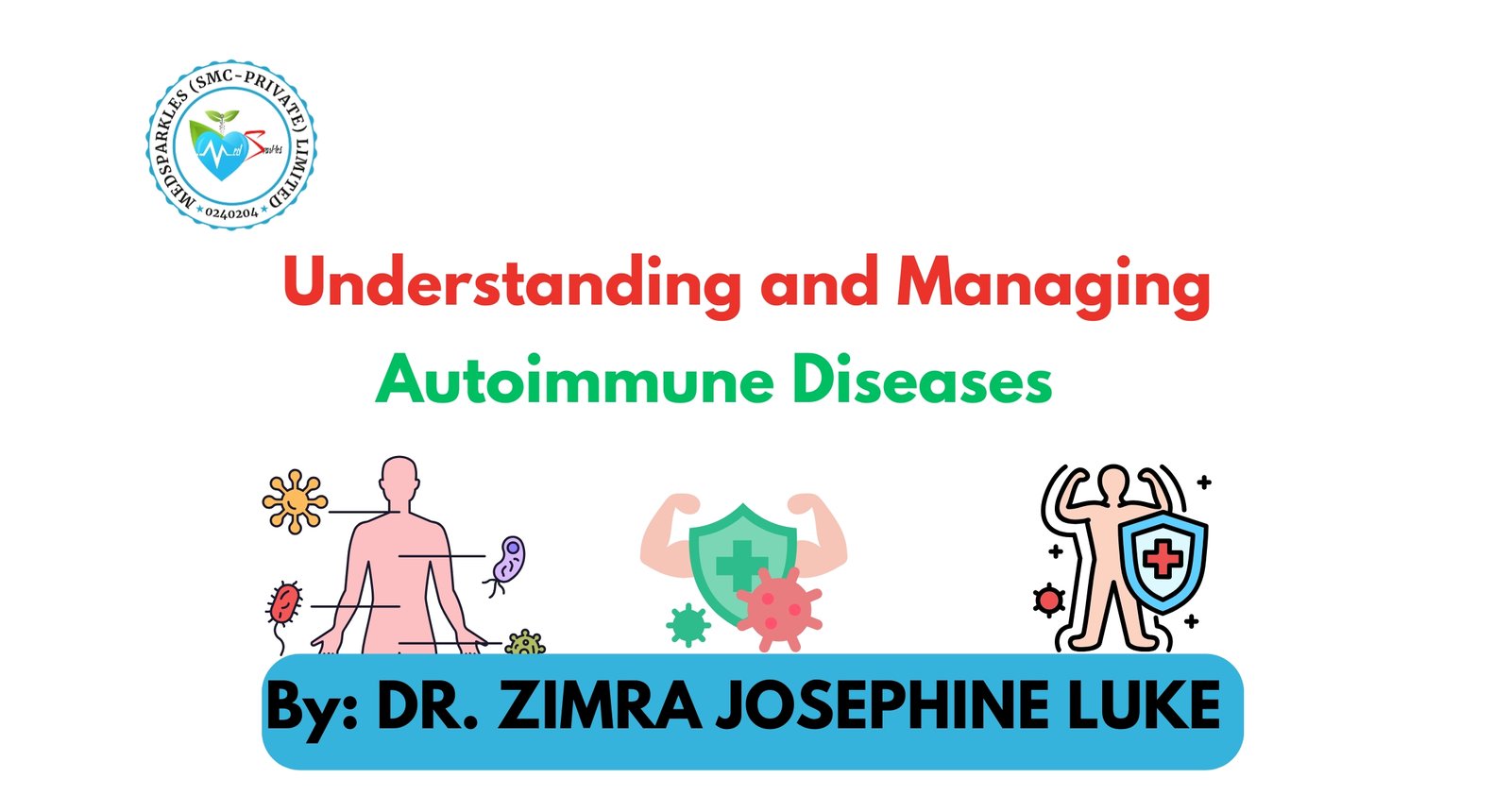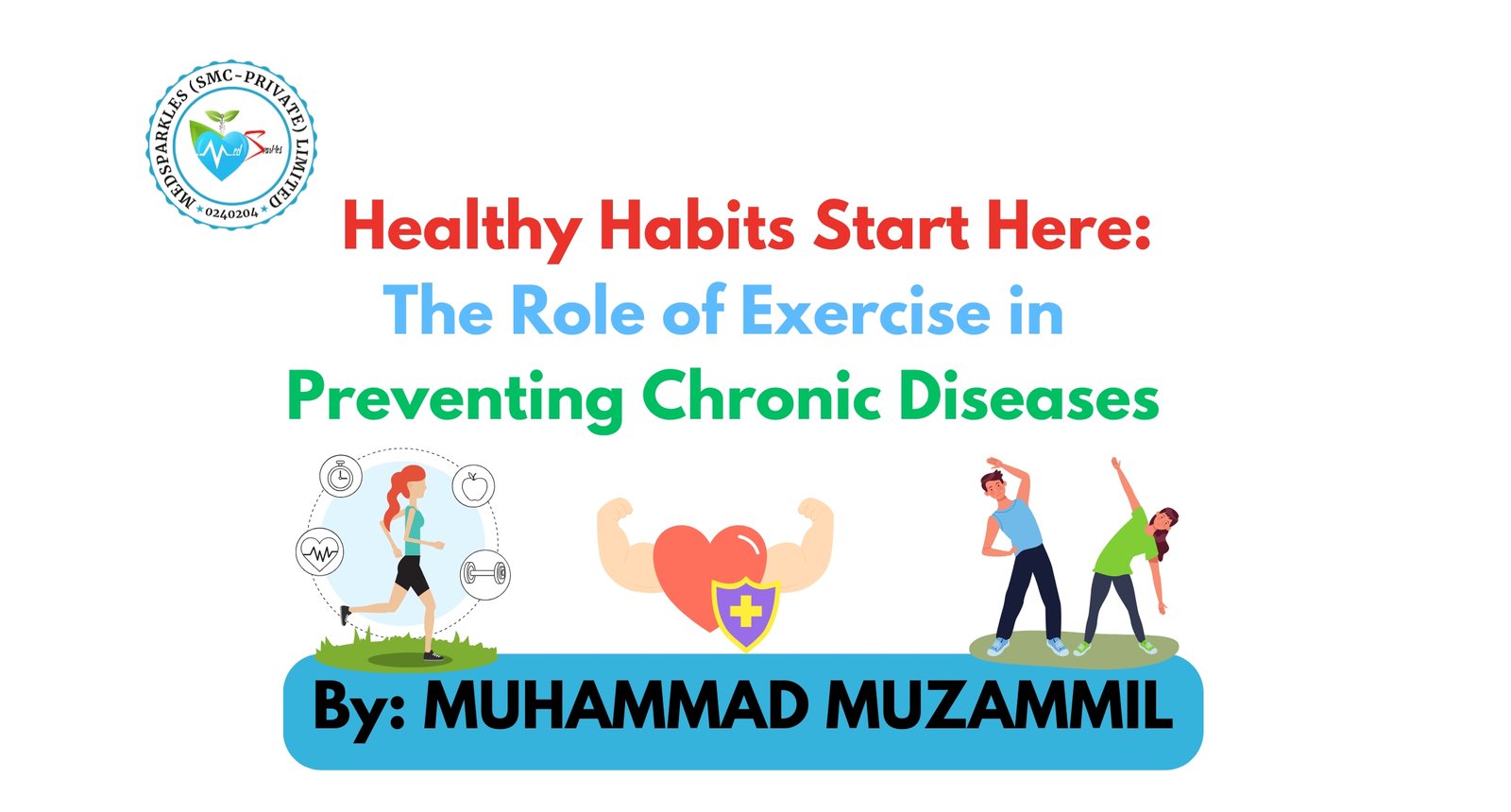Have you ever eaten something delicious, only to feel sick hours later? That’s the unpleasant work of food-borne pathogens — invisible troublemakers that sneak into our meals and cause illnesses ranging from mild stomach pain to serious infections. Food-borne diseases are more common than most people realize. Every year, millions around the world suffer from infections caused by contaminated food or drinks. The tiny microbes, including bacteria, viruses, and parasites, can hide in anything from undercooked meat to unwashed vegetables.
In this blog, we’ll uncover what food-borne pathogens are, how they spread, the diseases they cause, and most importantly, how you can protect yourself and your loved ones from them.
Food-Borne Pathogens
Food-borne pathogens are microorganisms that contaminate food and cause disease. These include:
- Bacteria (like Salmonella, E. coli, Listeria)
- Viruses (like Norovirus and Hepatitis A)
- Parasites (like Giardia and Toxoplasma gondii)
- Fungi and toxins produced by microorganisms
These germs often thrive in raw meat, eggs, unpasteurized milk, seafood, and even fresh food. They can multiply rapidly if food isn’t stored, handled, or cooked properly.
Common Food-Borne Pathogens and the Diseases They Cause
- Salmonella
Found in: Undercooked eggs, poultry, meat, and unpasteurized milk
Disease: Salmonellosis
Symptoms: Fever, diarrhea, vomiting, and abdominal cramps
Fun fact: Even healthy-looking chickens can carry Salmonella!
- Escherichia coli (E. coli)
Found in: Contaminated water, raw vegetables, and undercooked beef
Disease: Gastrointestinal infections
Symptoms: Severe stomach cramps, bloody diarrhea, and dehydration
Tip: Washing vegetables thoroughly and cooking beef properly helps prevent infection.
- Listeria monocytogenes
Found in: Soft cheese, meat, and refrigerated foods kept too long
Disease: Listeriosis
Symptoms: Fever, muscle aches, nausea; in pregnant women, it can harm the baby
Note: Listeria can survive in cold environments like the refrigerator — scary but true!
- Norovirus
Found in: Contaminated food, water, or surfaces touched by infected people
Disease: Viral gastroenteritis
Symptoms: Sudden vomiting, diarrhea, and stomach pain
Quick fact: Norovirus spreads rapidly in schools, restaurants, and cruise ships.
- Clostridium botulinum
Found in: Improperly canned or preserved foods
Disease: Botulism
Symptoms: Muscle paralysis, difficulty breathing, blurred vision
Warning: Botulism is rare but can be life-threatening if untreated.
- Campylobacter
Found in: Raw poultry, unpasteurized milk, and untreated water
Disease: Campylobacteriosis
Symptoms: Diarrhea (sometimes bloody), fever, cramps
Interesting fact: It’s one of the most common bacterial causes of food poisoning worldwide.
- Hepatitis A Virus
Found in: Contaminated water, shellfish, and food handled by infected individuals
Disease: Hepatitis A (liver infection)
Symptoms: Fatigue, nausea, jaundice (yellowing of skin and eyes)
Tip: Good hand hygiene and vaccination can prevent it easily.
How Do These Pathogens Enter Our Food?
There are several ways food can become contaminated:
- Poor hygiene – Unwashed hands during cooking or serving.
- Cross-contamination – Using the same cutting board for raw meat and vegetables.
- Improper storage – Leaving food at room temperature too long.
- Unsafe water – Washing or cooking food with contaminated water.
- Pests and insects – Flies, rodents, or cockroaches spreading germs.
Even simple mistakes like not washing lettuce or reheating leftovers properly can allow bacteria to thrive.
Symptoms of Food-Borne Diseases
Symptoms vary depending on the pathogen, but generally include:
- Nausea and vomiting
- Stomach cramps
- Diarrhea
- Fever
- Weakness and dehydration
Most symptoms appear within hours or days after eating contaminated food. Severe cases may require medical attention, particularly for infants, the elderly, or individuals with weakened immune systems.
Prevention: How to Stay Safe
Keeping food safe doesn’t have to be complicated. Follow these five golden rules to prevent food-borne diseases:
- Clean: Wash hands, utensils, and food surfaces before and after handling food.
- Separate: Keep raw and cooked foods apart to avoid cross-contamination.
- Cook: Always cook food thoroughly to kill germs.
- Chill: Store leftovers promptly in the refrigerator (below 5°C).
- Choose Wisely: Buy from trusted sources and check expiry dates.
Small habits make a big difference in preventing health risks.

Conclusion
Food is meant to nourish us, not harm us. Yet, when pathogens find their way into our meals, they can cause severe health problems. The good news? Most food-borne diseases are completely preventable with proper hygiene, safe handling, and awareness.
Remember: a clean kitchen, fresh ingredients, and careful cooking are your best defense. So, the next time you prepare a meal, think safe, cook safe, and eat safe!
Frequently Asked Questions (FAQs)
- What’s the most common food-borne illness?
The most common is Salmonellosis, caused by Salmonella bacteria found in undercooked poultry and eggs.
- Can food poisoning be deadly?
Yes, in severe cases, particularly with pathogens like Clostridium botulinum or Listeria, it can be life-threatening if untreated.
- How long does food poisoning last?
Usually, 1–3 days for mild infections, but some may last up to a week, depending on the germ.
- Can I get food poisoning from fruits or vegetables?
Yes! Unwashed or contaminated produce can carry E. coli or Listeria, so always wash them well.
- What should I do if I suspect food poisoning?
Stay hydrated, rest, and if symptoms are severe (fever, blood in stool, dehydration), seek medical help immediately.
